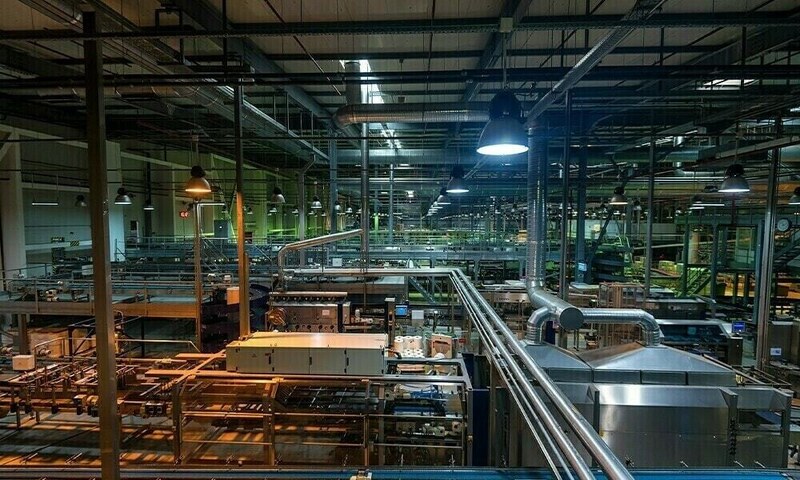By BR Research
Copyright brecorder

Pakistan’s Large-Scale Manufacturing (LSM) sector opened FY26 with its strongest showing in years. July 2025 posted a thumping 8.99 percent year-on-year increase, the highest growth in three years and the highest-ever index value recorded for any July at 115.7. It also marked the first time in ages that a broad majority of industries joined the party: 16 of the 22 tracked sub-sectors grew year-on-year, compared to just 11 or 12 in recent months.
The heavy lifters were familiar names. Automobiles surged nearly 58 percent, riding a low base and improved demand. Garments rose almost 25 percent, contributing the single largest boost to overall growth. Cement expanded by 19 percent, reflecting a long-overdue pickup in construction-linked activity, while petroleum products gained 13 percent. Even furniture — a sector usually written off as irrelevant — clocked an eye-popping 87 percent rise, punching above its tiny weight in the index.
The outlook has also been complicated by fresh trade data. August export numbers already cast a shadow on the July cheer. Readymade garment export quantities fell 18 percent year-on-year in August, wiping out cumulative growth for the sector and turning it negative. Since garments were the single biggest positive contributor in July, this setback means the burden of sustaining growth now shifts to other players. Automobiles and cement have both reported strong August numbers, but their combined gains are unlikely to offset the drag from garments — and from furniture, which had been a surprise July winner. Sustaining July’s pace now appears much harder than it did a month ago.
The gains were broad, but not universal. Steel, chemicals, fertilizers, beverages, and machinery all posted year-on-year declines, underscoring the uneven nature of the recovery. Iron and steel, in particular, continued its slide with output down nearly 4 percent, keeping one of the economy’s backbone sectors firmly in the red.
The headline numbers, though encouraging, demand perspective. For one, this is a bounce from years of suppressed performance. The LSM index may be at a record high for July, but it is still miles away from the FY22 peak. In fact, it will take a full year of double-digit growth — around 10 percent in FY26 — just to get LSM back to where it was at the end of FY22. That is how far the sector has slipped.
Consider also the long-run damage: 10 of the 22 LSM subsectors still sit below their base-year levels from FY16. For textiles — the heavyweight — the index has languished below 100 for three years straight. Automobiles, despite the July surge, remain well below their 2017–2018 levels. This is less a story of recovery and more one of clawing back lost ground inch by inch.
Still, the breadth of July’s growth offers a sliver of hope. After months of narrow gains concentrated in a handful of sectors, seeing 16 industries in positive territory suggests that policy tailwinds — lower energy tariffs, cheaper credit, and improved sentiment — may finally be filtering through. But sustaining this momentum will require more than just one good month.
The July surge is real, but so is the hole the LSM has dug itself into. Pakistan’s industrial engine has shown a rare spark of life. The challenge is turning that spark into sustained firepower. Without deeper reforms in energy pricing, competitiveness, and industrial policy, the highs of FY22 will remain a distant memory — not an imminent reality.



